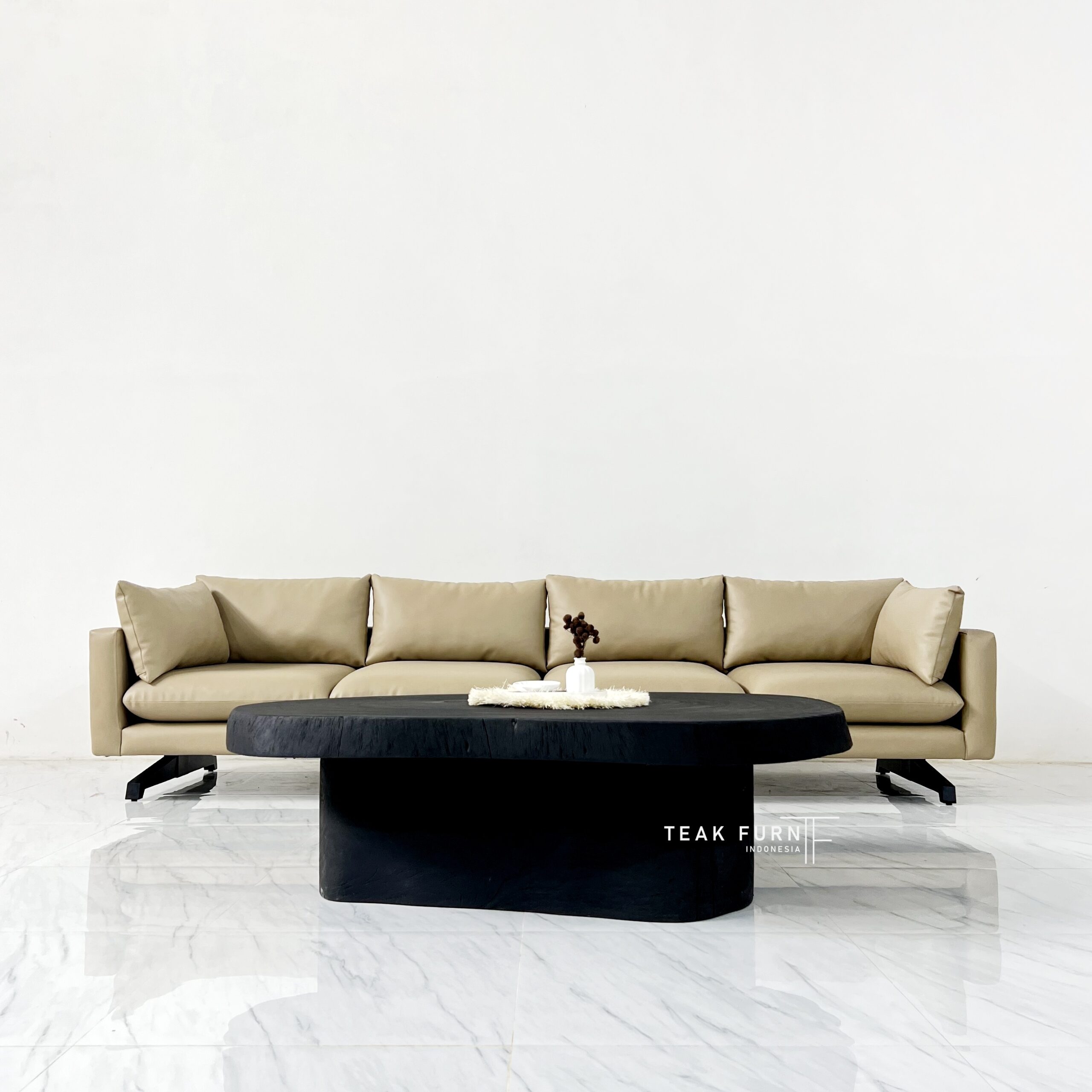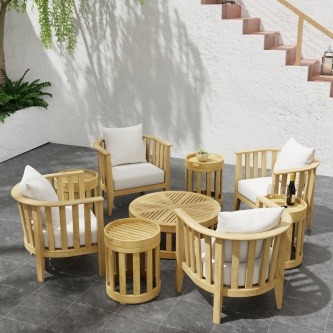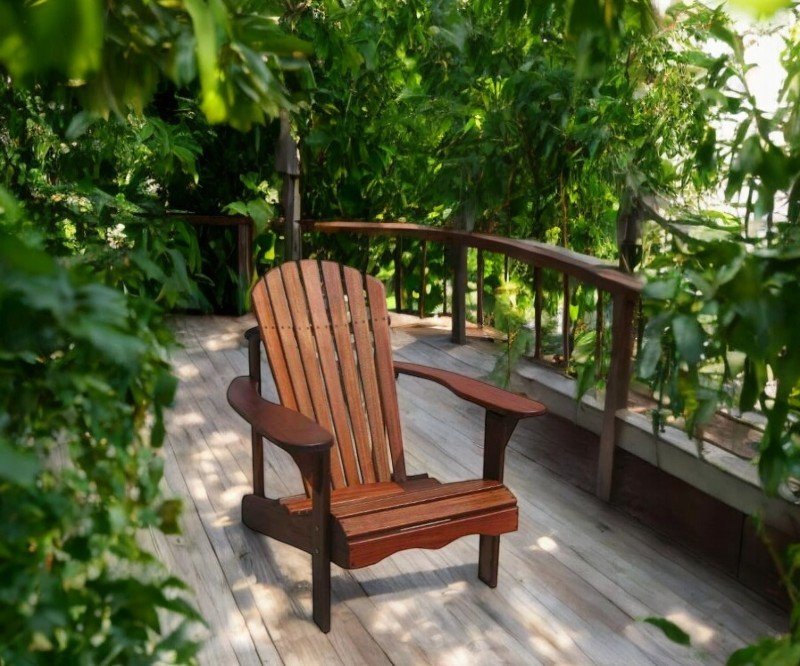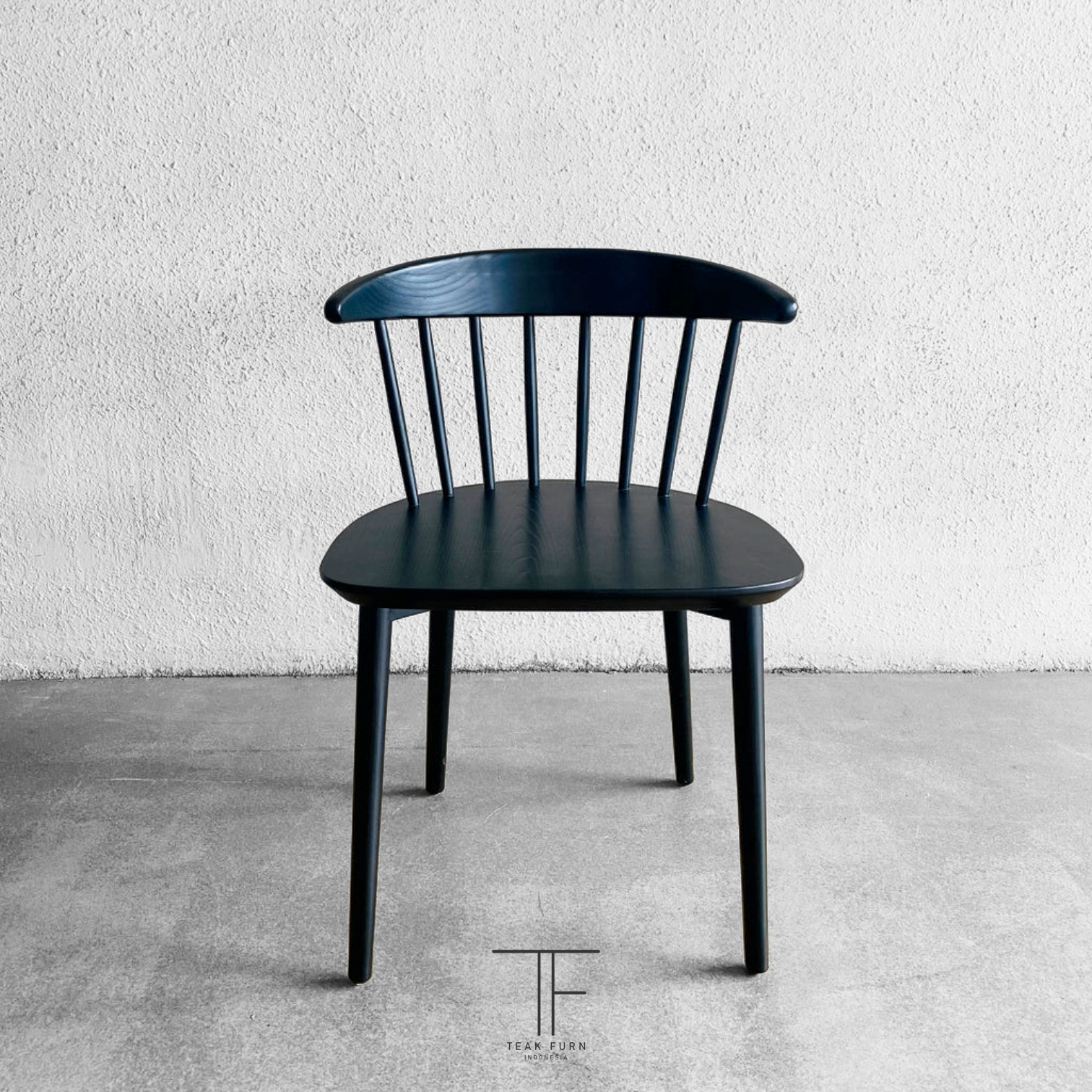
As sustainability becomes a global priority, Indonesia is embracing eco-friendly furniture trends that combine style, functionality, and environmental responsibility. With the country’s rich natural resources and deep cultural appreciation for craftsmanship, eco-friendly furniture has become a popular choice for both residential and commercial spaces. This trend focuses on using sustainable materials, ethical production processes, and reducing carbon footprints, offering consumers a stylish and environmentally conscious alternative.
The Rise of Eco-Friendly Furniture in Indonesia
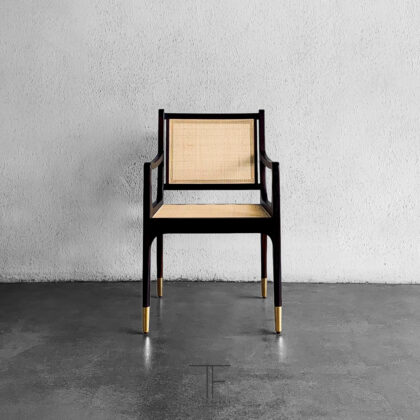
Over the past decade, there has been a noticeable shift in consumer behavior in Indonesia. As urbanization increases and the demand for modern interiors grows, more people are prioritizing sustainability in their purchasing decisions. Eco-friendly furniture offers an excellent solution by combining modern designs with materials that have minimal environmental impact. This trend is not only about responding to global sustainability movements but also reflects a growing local awareness of the importance of preserving Indonesia’s diverse ecosystems.
Sustainable Materials Used in Eco-Friendly Furniture
The materials used in eco-friendly furniture are at the core of the trend’s sustainability. In Indonesia, local materials are being increasingly utilized, which supports the economy while also minimizing the carbon footprint associated with importing goods. Some of the most popular eco-friendly materials include:
- Bamboo: Bamboo is a sustainable, fast-growing grass that requires minimal water and can be harvested every few years, making it an ideal eco-friendly option. It is lightweight, durable, and is commonly used in furniture pieces such as tables, chairs, and shelving units. Its versatility and sustainability have made it a top choice for modern furniture in Indonesia.
- Recycled Wood: Recycled wood has gained popularity in Indonesian furniture production, helping to reduce deforestation while giving old wood a second life. Manufacturers are repurposing wood from discarded furniture, buildings, and factories to create high-quality new pieces. This not only minimizes waste but also enhances the character and uniqueness of the furniture with the wood’s natural patina.
- Sustainable Teak: Teak is a traditional Indonesian material, but over-harvesting has led to concerns about deforestation. Today, sustainable teak plantations certified by organizations like the Forest Stewardship Council (FSC) are becoming more common. These plantations ensure responsible harvesting practices, allowing manufacturers to continue using teak without contributing to environmental degradation.
- Rattan: Rattan, a fast-growing vine, is another popular sustainable material. Known for its durability and flexibility, rattan is often used in furniture pieces like chairs, tables, and even light fixtures. It requires minimal care, grows quickly, and can be harvested without harming the environment, making it a great eco-friendly option.
Embracing Traditional Craftsmanship
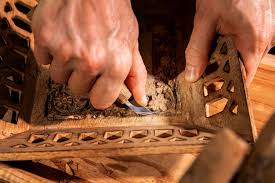
Indonesia’s eco-friendly furniture movement is also deeply tied to the country’s rich tradition of craftsmanship. In areas like Bali, Yogyakarta, and Central Java, skilled artisans are producing furniture using traditional techniques passed down through generations. These artisans are embracing eco-friendly practices, often using locally sourced, sustainable materials. Supporting these local artisans not only preserves cultural heritage but also reduces the carbon footprint associated with mass production and long-distance shipping. Many Indonesian furniture brands are now combining these age-old techniques with contemporary designs, creating pieces that are both functional and beautiful while adhering to sustainable practices.
Eco-Friendly Furniture for Commercial Spaces
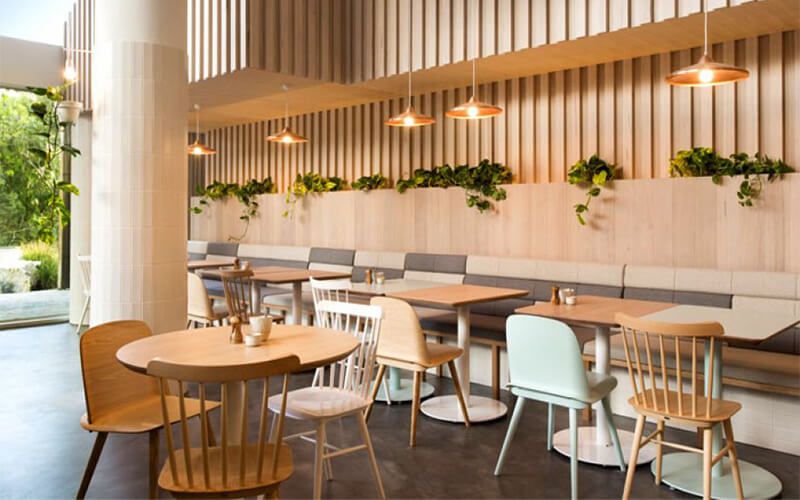
Eco-friendly furniture is gaining ground not only in residential spaces but also in commercial properties across Indonesia. Hotels, cafes, and offices are increasingly choosing sustainable furniture to create stylish, eco-conscious environments. Furniture made from bamboo, recycled wood, and sustainable teak is often incorporated into commercial spaces, providing both durability and aesthetic appeal.
By investing in sustainable furniture, businesses can also align themselves with consumer values, as today’s customers are increasingly drawn to companies that prioritize environmental responsibility. Eco-friendly furniture offers businesses a chance to showcase their commitment to sustainability while enhancing their brand image.
Conclusion
Eco-friendly furniture trends in Indonesia are revolutionizing the design landscape by offering environmentally responsible alternatives without compromising on style. The use of sustainable materials like bamboo, recycled wood, rattan, and certified teak is helping preserve natural resources while supporting local industries. With growing awareness and support for traditional craftsmanship, Indonesian consumers and businesses are embracing sustainable furniture as a means to reduce their environmental impact. As this movement continues to grow, eco-friendly furniture is poised to become a staple in both residential and commercial interiors, offering a beautiful and sustainable solution for the future.

